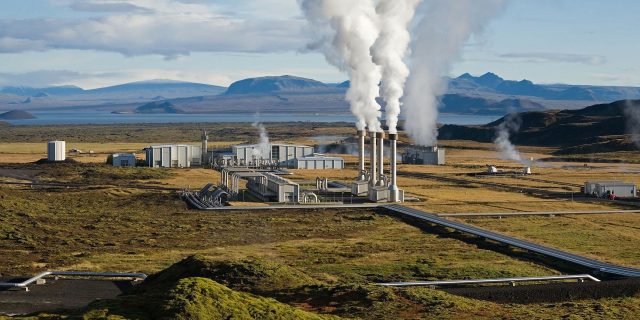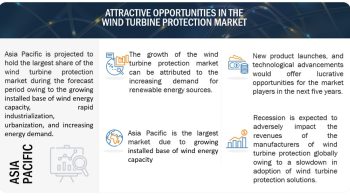
The global energy demand mainly depends on fossil fuels. Over-dependence on fossil resources increases economic and environmental risks throughout the world. Also, in the present scenario of electricity production, it is difficult to meet the increasing demand. In this circumstance, the effective utilization of renewable energy can create a sustainable energy future globally. Therefore, if renewable sources such as geothermal energy can be added as a potential source of energy, then the demand and generation gap can be minimized. Geothermal energy is weather-independent and has the highest availability factor among the other renewables. Since the heat inside the earth’s surface will not be depleted, it can ensure energy consistently at high efficiency with minimal environmental impact.
Geothermal energy technology captures the heat beneath the ground by harnessing steam or hot water from the earth to power electricity-generating turbines. The production of geothermal energy requires no fossil fuels, and the water can be injected back into the ground for reuse. Also, geothermal energy is not dependent on the weather, season, or time of day. It can be produced around the clock, all year long. Geothermal energy, while currently being only a marginal component of global energy utilization, will be indispensable in the fight against climate change. Geothermal energy can support deep decarbonization by providing clean baseload power and efficient means to heat and cool buildings, campuses, and cities. It also supports a host of agricultural and industrial applications.
Download PDF Brochure: https://www.marketsandmarkets.com/pdfdownloadNew.asp?id=205152720
According to the IEA world energy outlook for 2022, geothermal power generation is expected to reach ~28 GW in 2030 under the stated policy scenario. Similarly, the total estimated installed capacity for geothermal direct use in 2019 was 107.7 gigawatts-thermal, representing a 52% increase over the 2015 data. Investments in direct-use geothermal projects are increasing, driven mainly by the energy savings associated with using geothermal energy. Countries such as the US, Turkey, Indonesia, and the Philippines are actively developing new geothermal projects to achieve their policy of net zero emissions. For instance, Turkey increased its number of geothermal plants from 3 to 49, between 2009 and 2019.
A few of the biggest trends currently being seen in the geothermal market include:
- Significant investments are being made in the renewable energy sector as government policies are supporting the installation and commissioning of renewable energy projects. The US Department of Energy (DOE) has estimated that, by 2050, technological advances and smart policies could increase geothermal electricity generation to 60 GW and provide heating or cooling services for 73 million homes. Multiple federal agencies are involved in advancing the US’s geothermal sector. The Department of Energy’s (DOE’s) Geothermal Technologies Office (GTO) is committed to developing a portfolio of innovative technologies that address critical geothermal exploration and development challenges. GTO funds geothermal research, development, deployment, and demonstration to help stimulate the growth of the geothermal industry, develop cost-competitive technologies and tools, and encourage the adoption of geothermal technologies by the public and private sectors. The GTO focuses on enhanced geothermal systems (EGS); hydrothermal resources; low-temperature and coproduced resources; and data, modeling, and analysis.
- Deeper resources may become accessible in the coming years through the development of enhanced geothermal systems as high-quality conventional resources become harder to access. Geothermal electricity generation depends mainly on technologies that exploit conventional geothermal resources, such as dry steam plants, flash plants (single, double, and triple), binary plants, and combined cycle or hybrid plants.


